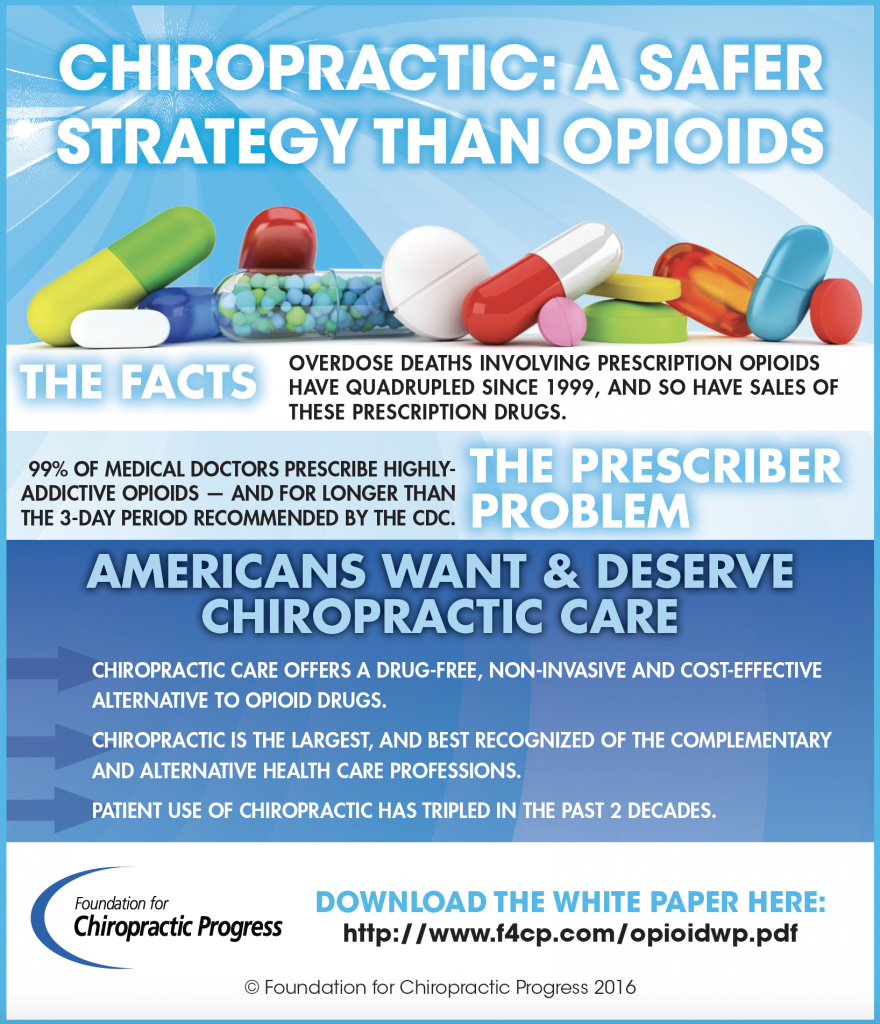The Future Of Discomfort Relief: Understanding Cold Laser Therapy
The Future Of Discomfort Relief: Understanding Cold Laser Therapy
Blog Article
Developed By-Justice Bloch
If you've ever before questioned the following frontier in pain alleviation, Cold Laser Therapy could just hold the key. Imagine a therapy that can target discomfort at its source without intrusive treatments or medicines. The scientific research behind this treatment is remarkable, supplying a peek into the future of healthcare. As you explore the intricacies of just how Cold Laser Treatment functions and its potential benefits, you'll find yourself captivated by its comprehensive applications and the opportunities it provides for managing discomfort better.
Just How Cold Laser Treatment Functions
To understand just how cold laser therapy works, visualize a focused beam of light of low-level lasers interacting with your body's tissues to boost recovery at the cellular level. These low-level lasers release a specific wavelength of light that passes through the skin without triggering any type of damages.
When this light energy gets to the targeted cells, it's absorbed and launches a series of biological responses. One key mechanism behind cold laser therapy is that it enhances mobile energy manufacturing. The light energy is converted into biochemical power, which promotes boosted ATP manufacturing. ATP, or adenosine triphosphate, is important for cellular feature and plays an important duty in cellular fixing and regrowth.
Furthermore, cold laser treatment can additionally help in reducing inflammation and discomfort. By stimulating the launch of endorphins, which are all-natural pain relievers created by the body, it can supply remedy for discomfort. In addition, the treatment can improve blood flow, resulting in far better oxygen and nutrient delivery to the cells, better supporting the recovery process.
Conveniences of Cold Laser Therapy
Cold laser therapy provides many advantages that can aid in promoting healing and lowering discomfort in various conditions. One substantial advantage is its non-invasive nature, allowing for therapies that are pain-free and devoid of the threats connected with surgical treatment. cold laser therapy training is also recognized for its capability to stimulate cell regeneration and improve flow, which can increase the body's natural recovery processes.
Furthermore, cold laser therapy has been revealed to lower inflammation, swelling, and muscle spasms, supplying relief for individuals suffering from conditions such as joint inflammation, tendonitis, and fibromyalgia. The treatment is often fast, with sessions lasting anywhere from a few mins to around half an hour, making it a practical choice for those with active schedules.
Additionally, cold laser therapy is thought about safe and has marginal adverse effects, making it an appropriate option for people seeking choice pain management approaches. Its convenience in resolving a vast array of problems, coupled with its performance in promoting tissue repair, makes cold laser therapy an appealing alternative for those aiming to reduce pain and improve their overall health.
Applications of Cold Laser Treatment
Among the key uses of cold laser therapy remains in the therapy of sports injuries. Professional athletes commonly turn to cold laser treatment to aid increase the recovery process of soft tissue injuries like strains, stress, and tendonitis. https://wwd.com/beauty-industry-news/beauty-features/botox-alternative-wrinkle-reducers-daxxify-emface-lyma-1235391568/ -invasive nature of cold laser treatment makes it an eye-catching choice for athletes wanting to get back to their peak performance promptly.
Besides sports injuries, cold laser treatment is also widely used suffering monitoring. It can assist ease chronic discomfort conditions such as joint inflammation, fibromyalgia, and lower neck and back pain. By targeting specific locations of discomfort, cold laser therapy promotes cellular repair service and reduces inflammation, giving alleviation for those struggling with persistent discomfort.
Furthermore, cold laser therapy has actually located applications in dermatology for injury healing and mark decrease. The low-level laser light promotes tissue regrowth, collagen manufacturing, and enhanced blood circulation, which can assist in the recovery of wounds and minimize scarring.
Final thought
Finally, Cold Laser Treatment offers an innovative approach to pain relief by using the power of low-level lasers to advertise healing and minimize discomfort.
With its capability to minimize inflammation, promote cells regeneration, and enhance blood circulation, this non-invasive therapy offers an appealing remedy for a variety of conditions.
By using Cold Laser Treatment, people can achieve effective pain management and sped up healing without the dangers associated with traditional medical interventions.
